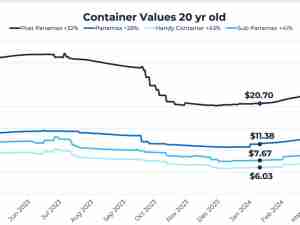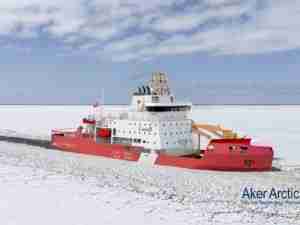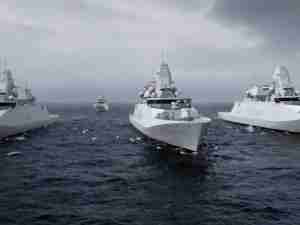The agreement will significantly strengthen the competitive position of the Fraser River Port and CPR in rapidly expanding trade with Asia-Pacific countries, including emerging powerhouses China and India. It will also expand growth opportunities for Canadian businesses and support British Columbia's strategic position as a preferred gateway for Asia-Pacific trade.
'Together, we are sending a powerful signal that cooperation is the cornerstone of prosperity and success in international trade,' Rob Ritchie, Chief Executive Officer of CPR, said. 'Our agreement demonstrates further progress in bringing together the players in the supply chain to ensure Canadian businesses and the Canadian and BC economies have what they need to seize the opportunities presented by growing Asia-Pacific trade.'
'It is imperative that the ports, transportation industries and all levels of government continue to develop capacity improvements across all modes of the Pacific Gateway logistics chain - marine, road and rail - if we are to facilitate the economic growth of this region, and of Canada,' said Captain Allen Domaas, President and CEO of Fraser River Port Authority.
'Today's initiative between CPR and the Port Authority, coupled with the significant Gateway infrastructure investments coming from industry and the federal and provincial governments, will ensure the capacity of Fraser River Port can increase to handle a full one-third of the expected cargo that will pass through the Pacific Gateway by 2020.'
Under the agreement, FRPA and CPR will consult on market and trade outlooks and business development opportunities, coordinate investments, and engage in multi-modal planning to build or expand port and rail infrastructure such as terminals and track. FRPA will also support CPR's efforts to enhance its access to Fraser River facilities to help meet increased demand for rail service.
Container volumes at British Columbia seaports are expected to grow to between five million and seven million 20-ft. equivalent units (teus) by 2020, from two million this year. This increase in container traffic, along with rapid growth of resource exports - including coal, grain, potash and sulphur - have pushed the 15-year projected growth in BC's port and rail sector to:
- $7.4 billion in annual economic output for BC, from $2.7 billion - a 174% increase;
- 50,000 direct jobs in BC, from 18,000 ' a 178% increase; and
- $2.7 billion in wages paid to BC workers each year, from $1 billion - a 170% increase.
CPR is in the final days of a $160-million expansion of its western track corridor between the Canadian prairies and the Vancouver region, its busiest stretch of track. The expansion, which includes laying sections of double track, building and extending sidings, and improving signal systems, will increase CPR's western corridor capacity by 12%, or four trains a day. It will provide more rail capacity to handle growing volumes of consumer goods arriving in containers from China and other Asia-Pacific countries, and to feed resources to offshore markets.
Recently, the Canadian government announced $590 million in funding for port and transportation infrastructure and programs to support further development of the Pacific Gateway as a key access point for all of North America. This investment complements significant measures taken by the BC government, including investment in infrastructure and port development and property tax relief for port terminal operators.
'There is tremendous opportunity for Canada and for the Pacific Gateway,' Mr. Ritchie said. 'We hope this joint initiative by FRPA and CPR will generate further momentum for collaboration and partnerships across the supply chain.'








